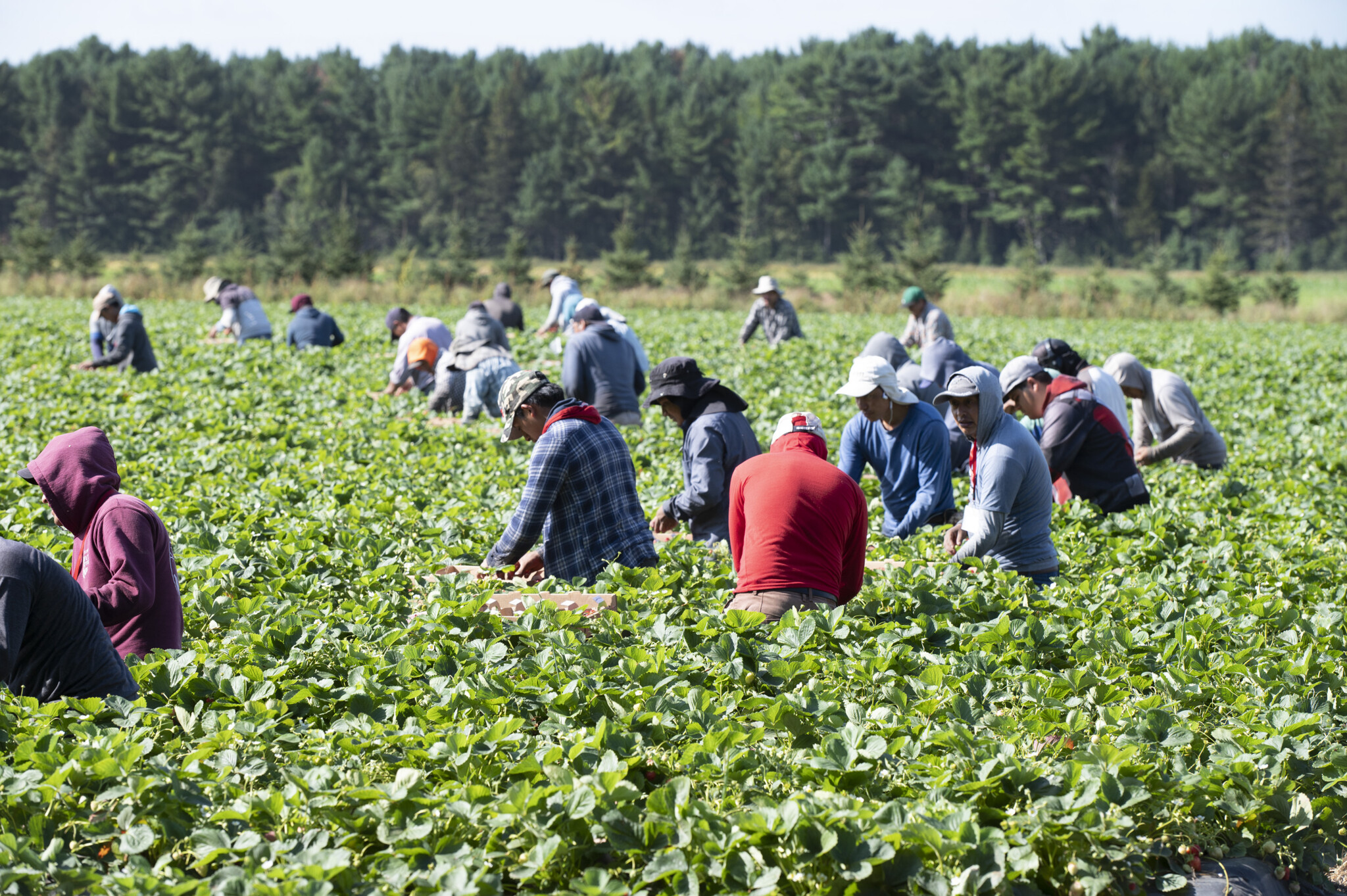Last week, former Immigration Minister Marc Miller talked about how the Trudeau government’s large-scale immigration—particularly in the aftermath of the pandemic—was responsible for a significant share of Canada’s recent GDP growth. It’s true, of course, but it fundamentally misunderstands the purpose of immigration policy itself. It isn’t to boost growth in the short term merely by adding more people. It’s to be additive to Canada’s economy and society over the long term. This includes Canadian workers.
Yet Miller’s comments still seem reflected in the government’s immigration policy. Statistics Canada’s latest population numbers may show that population growth has slowed relative to the breakneck pace that we’ve seen in recent years, but that analysis fails to put current immigration policy in a broader historical context. Note, for instance, that while Q1 2025 immigration of 104,256 was lower than recent years, it’s still far higher than the not-too-distant past. Prior to 2022, Canada had never welcomed more than 86,246 immigrants in the first quarter.
In fact, in just the first four months of 2025, over 817,000 newcomer applications were finalized by the Department of Immigration, Refugees, and Citizenship, when tallying up both permanent and non-permanent streams.That includes 132,100 new permanent residents, 194,000 study permit applications (including extensions), and 491,400 work permit applications (including extensions).
Take non-permanent residents such as temporary foreign workers or international students, for instance. While their numbers are down relative to recent historic highs, they’re not substantially so, dropping from just 7.4 percent of the population to 7.1 percent. This is still significantly higher than as early as 2021, when it was just 2.5 percent.
Couple that with a generationally bad summer job market, exceptionally high youth unemployment, millions of “temporary” workers and foreign students soon to come up on their visas with no apparent plan to send them home, and the situation is bad for Canadian workers—particularly younger Canadians. With the “Buy Canadian” movement generating so much energy amongst the “Elbows up” crowd, where is the similar support for those workers struggling with the consequences of these policies? How about a “Hire Canadian” movement too?
One of the main problems is that far too many Canadian businesses have come to rely on temporary migrants as fundamental to their business model. Yet as former Bank of Canada governor David Dodge has warned: “The last thing we want is a bunch of low-productivity businesses hanging on because we provide them cheap labour.” Not only is it bad for Canadian productivity, but there’s also a big risk that it contributes to wage suppression and job displacement for Canadian workers.
Dependence on cheap foreign labour has to stop here. Immigration policy should serve the country rather than the interests of capital. This is how we take a once relative non-issue in Canadian political life and turn it into an increasingly volatile fault line. Particularly given that the government is expected to fall 50 percent short on its pie-in-the-sky housing promises (according to the Parliamentary Budget Office).
And there’s a good chance that the situation will even worsen. Just last week, the new Immigration Minister Lena Diab claimed that visitors who stay past their visa expiry date are expected to leave on their own. The government, in other words, won’t be enforcing deportations.
Yet, as indicated by a 2024 government briefing note, there may be up to half a million undocumented migrants in Canada. Speak with industry experts in 2025, and that number is now estimated to be north of one million.
For example, between March and April of 2024, 50,000 international students failed to report to their designated institutions. Twenty thousand of those students were of Indian origin alone. That such a number, over such a short period, had no designs to even feign interest in their studies, signals both a massive problem at scale, and an irreparable breach in regulations and accountability, that should cast major doubts as to whether as many as five million temporary residents will leave willingly upon the expiration of their visas in the year and change ahead.
In a recent report, former Immigration official Michael Bonner stated: “To put it as simply as possible, current immigration policy no longer benefits the economy or the culture of Canada…The huge influx of mostly low-skilled, low-wage immigrants has kept wages and prices artificially low, and priced young Canadians out of the market.”
Bonner, who worked under Jason Kenney in his time as immigration minister, has concerns and sentiments shared by his former boss.
“Unsustainably high immigration levels are largely responsible for the large decline of our per capita gross domestic product over the past few years,” Kenney tweeted on June 14, in response to Miller’s aforementioned comments.
Kenney continued: “This is particularly the case because the Trudeau government flipped Canada’s high skilled immigration system on its head, prioritizing low skilled migration which drives incomes down, while driving up demand for scarce goods and services, like housing.”
The upshot is that, notwithstanding the narrative that immigration numbers are rapidly falling, the reality is quite different. Both permanent and non-permanent resident migration remains elevated relative to historic numbers. They’re only falling if you compare them against the unsustainable Trudeau era.
A country cannot run forever on the “sugar high of migration and mortgages.” And now, a poorly obscured recession is giving way to a full-blown crash. This summer job market has to be the moment to force the government, and its stakeholders, to kick its reliance on cheap foreign labour and unsustainable migration levels cold turkey.









